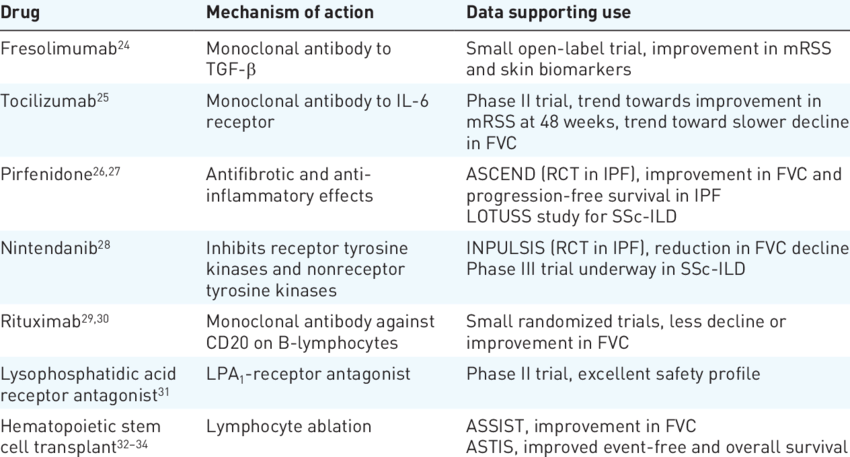
Scleroderma is skin aging that affects the outer layers of the skin. It can also lead to a myriad of other symptoms, including thickening of the skin, hyperpigmentation (a skin condition in which the skin becomes darker or lighter than usual), discoloration of the skin associated with a disease Vitiligo – โรคด่างขาว, dryness, itching, and pain. There are various treatments for this condition, but it can be very difficult to cure it as there is no known cure yet.
Treatment for scleroderma usually focuses on inflammation, tissue fibrosis, vascular problems, and autoimmunity (the body's response to illness). In addition, this condition is usually not life-threatening, but can significantly affect the victim's quality of life.
Anti-inflammatory drugs are one of the first things doctors will consider when trying to cure a patient of scleroderma. These drugs are usually prescribed to relieve pain, swelling, and pain symptoms. They can be taken orally or injected into the affected area.
The most common drugs used to treat scleroderma are nonsteroidal anti-inflammatory drugs or NSAIDs. These are drugs that are usually taken orally and are also commonly prescribed along with steroidal anti-inflammatory drugs. These drugs can be used to relieve pain associated with inflammation as well as to reduce the severity of any skin problems.
An anti-angiogenic scleroderma drug that can be used to treat this condition is corticosteroids. Corticosteroids are usually taken orally and then injected directly into the affected area. They can be used to reduce inflammation and prevent narrowing of blood vessels, which is one of the symptoms of this condition.
Surgery is another option that is often used to treat this condition. There are a number of procedures that can be used to treat scleroderma, but the most common surgery involves removing healthy tissue such as skin and collagen fibers. Collagen is one of the main components of the skin that plays a critical role in maintaining the smoothness and elasticity of the skin. Surgical removal of this component results in smooth, wrinkle-free skin.

Skin transplantation is another procedure that is often used in the treatment of scleroderma to replace damaged collagen and elastin. Then grafts made from a healthy donor skin area are applied to the damaged areas to make them more elastic
Cellulose therapy is another procedure that can be done to stimulate collagen and elastin production. This method uses injections of cells from a healthy donor area to replenish the natural production of these important elements. This treatment is usually done on a regular basis and is very successful. However, these treatments will not restore full strength and elasticity to the skin, which means that patients may still experience some degree of flaking and flaking.
Scleroderma medications can also be prescribed in the form of anti-inflammatory drugs, which can be administered with ointments, gels, lotions, and other similar products. These medications can be very effective in relieving any symptoms of scleroderma and can also help improve the texture, tone, and appearance of the skin, which helps it look and feel younger.
Medication is only the first step in treating scleroderma and requires a number of additional steps. Anti-wrinkle creams and other products are often used to reduce the appearance of the skin and make it more elastic. In addition to these anti-wrinkle products, anti-aging treatments are often prescribed. to increase the production of new collagen and elastin.
The best treatment options for scleroderma will depend on the individual patient. The most common form of treatment for scleroderma involves taking steroids. They can be very effective in treating symptoms, but they don't do much in terms of addressing the underlying cause of the condition.
For many patients, the most effective treatment for scleroderma is the use of anti-inflammatory, anti-angiogenic, and anti-cancer treatments. This means that the combination of an anti-inflammatory drug and an anti-inflammatory cream will be used to increase the production of collagen and elastin, which should be sufficient in the body to help repair the skin and keep it smooth and supple.
Leave a Reply